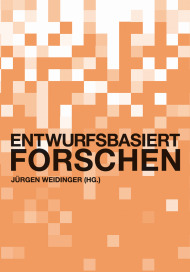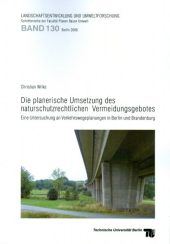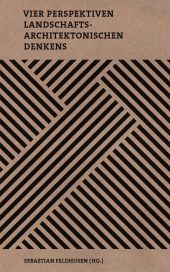Entwurfsbasiert Forschen
Editor: Jürgen Weidinger

Format: 17,0 x 24,0 cm
Publishing year: 2014
Today design disciplines at universities like landscape architecture and architecture are asked to conduct research using methods which respond to research in the natural sciences and humanities. Is that reasonable? Is that possible? Which independent approach could design disciplines follow? Will the method of design-based research succeed in connecting “individual knowledge” of experienced designers to “scientifically verified knowledge”? Could this integral approach lead to a type of designerly knowledge that is influenced by the design process and the individual attitude of the designer? Under the three captions Design and Science, Designing Atmospheres, Design and Construction, initial answers are given from the individual perspectives of designers and researchers, architecture critics, well-known landscape architects and architects. PhD candidates and young designers investigate potential research questions that explore interactions between design and science.
The authors manage an intense walk from theory to practice. Norbert Palz, for example, who teaches Experimental Design an University of Arts Berlin, describes how digitally contolled material properties support innovative architecture. Young researcher Guo Yong, inspired through analysing design theories, develops a design concept for an unautorized landfill near Beijing. Architect André Kempe from Dutch Atelier Kempe Thill explains, how building typologies promote architectural experimentation. Graphics and photos illustrate fields of research and applications.



